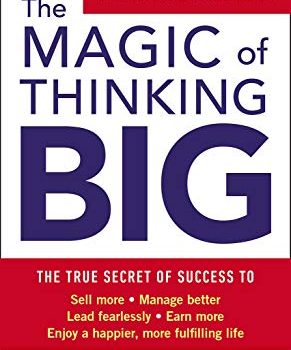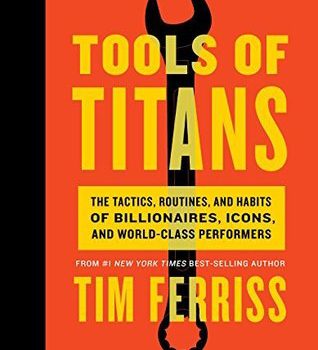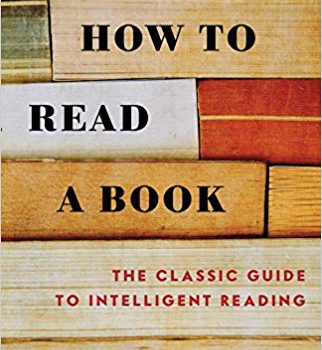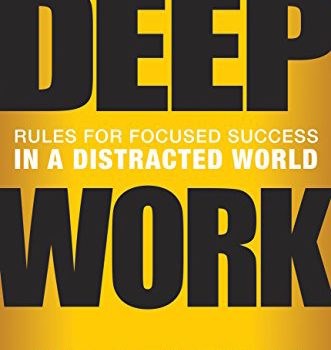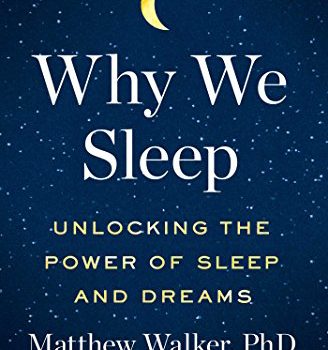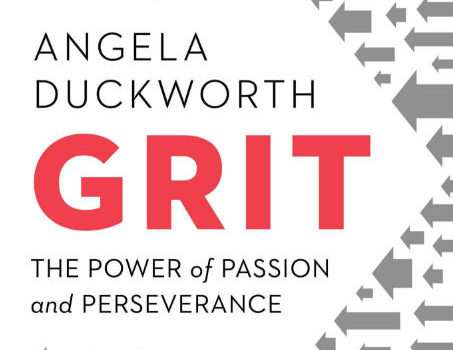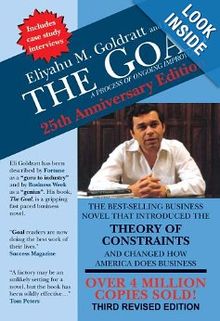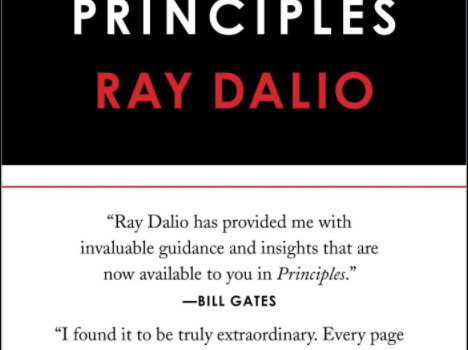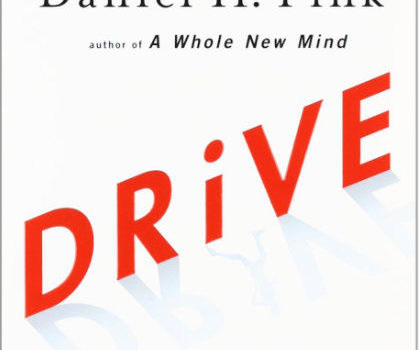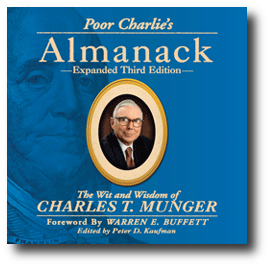We are surrounded by people who seem more successful than us and who earn more money than we do. We may think, “What do they have that I haven’t got? Are they just smarter?”
In The Magic of Thinking Big, author David J. Schwartz says it’s a matter of mindset. Successful people “think bigger” — they believe in themselves, have a grander scale of imagination, and see bigger possibilities. This mindset then affects their behavior — they have magnetic attitudes, prefer action to waiting, and learn from every setback.
The Magic of Thinking Big is a wide-ranging book because it essentially tries to describe everything about what makes people successful. There are tons of details and lists, and it covers psychology, ambition, social behavior, goal-setting, and leadership. Therefore, this The Magic of Thinking Big summary is quite long, but it’s a useful checklist to figure out where you’re weak.
In this The Magic of Thinking Big summary, learn:
- Common excuses you might be using to stifle your own ambition, and how to get over them
- How to build a “first-class environment” to improve your thinking
- How to be likable
- Specific ways to set concrete goals
